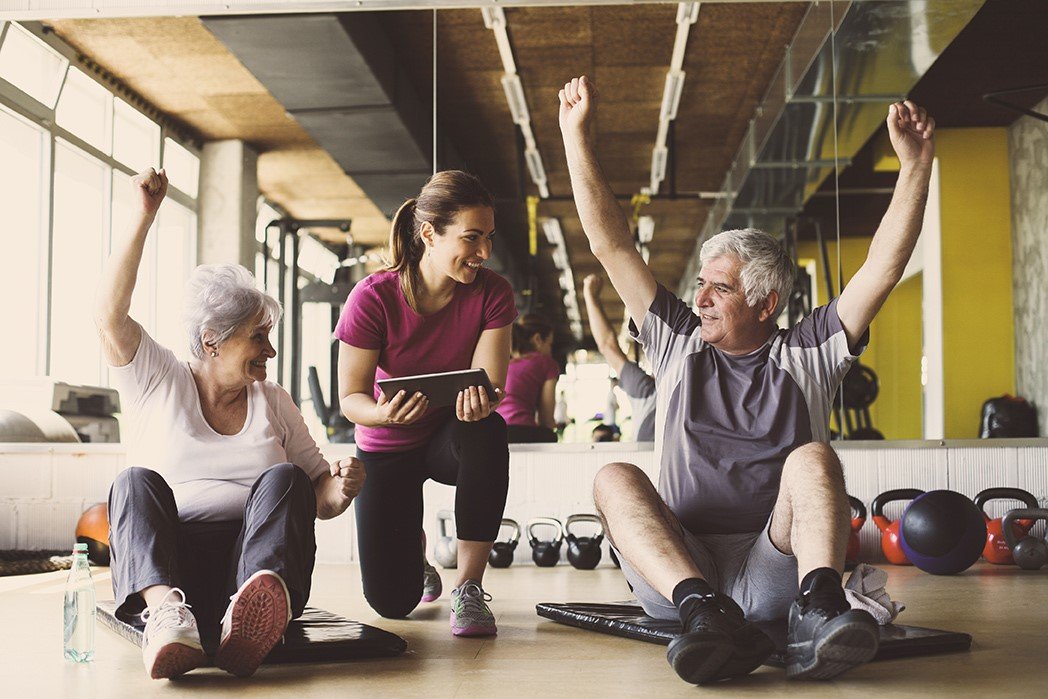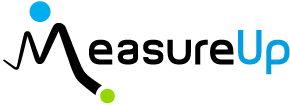 On October 20th it’s World Osteoporosis Day. The purpose of this day is to help raise awareness in the diagnosis, treatment and most importantly prevention of osteoporosis. Here at MeasureUp we thought we would do our part in helping raise awareness of the condition which is increasing in prevalence with each passing year.
On October 20th it’s World Osteoporosis Day. The purpose of this day is to help raise awareness in the diagnosis, treatment and most importantly prevention of osteoporosis. Here at MeasureUp we thought we would do our part in helping raise awareness of the condition which is increasing in prevalence with each passing year.
Did you know that in 2002, 2.2 million Australian’s were diagnosed with osteoporosis, with the burden reaching as much as $7.4 billion per year (1)? With an ever increasing aging population, these figures have only been increasing over time.
So what can you do to ensure that your bones remain as healthy as possible?
Although genetics has a large say in determining bone health, there are lifestyle factors that can help maintain or in some cases improve your bone strength. Resistance training (lifting weights) is considered one of the best ways to maintain strong bones (2), along with recommended intake of calcium and Vitamin D (3).
One important and sometimes overlooked area of focus in those with osteoporosis is balance. The prevention of falls and possible fracture using balance training may not directly increase bone strength but you may reduce the risk of harm that is associated with falls. Balance training programs are great social outlets and are run as a community service by many councils.
What about causes of osteoporosis? Is it just old age that makes your bones more brittle?
There are many other mechanisms that may lead to a decrease in bone density and strength. These include, but not limited to, conditions that cause malabsorption such as coeliac disease, hormone changes associated with menopause or hyperthyroidism, or even the use of corticorteroid medications for conditions like rheumatoid arthritis (4).
The most accurate way to determine your bone health is with a DEXA scan. DEXA measures bone density and provides a T-score (a statistical score determined by the World Health Organisation) to diagnose osteoporosis. Bone density is measured at two sites: the lumbar spine and femoral neck as they are the two most common sites of fracture. This simple scan is the easiest way to assess the health of your bones and determine whether or not you may be at risk of osteoporosis.
Osteoporosis is called the silent disease because you may not know you have it until you break a bone. So “beat the break” and be aware, prevention is always a more successful approach than intervention.
JONATHON FERMANIS
B.exphys, ESSAM, AES, AEP
Accredited Exercise Physiologist
References:
- Sambrook PN, Seeman E, Phillips SR, Ebeling PR (2002) Preventing osteoporosis: outcomes of the Australian Fracture Prevention Summit. Med J Aust 176 Suppl:S1.
- Layne, J. E., & Nelson, M. E. (1999). The effects of progressive resistance training on bone density: a review. Medicine and science in sports and exercise, 31(1), 25-30.
- Dawson-Hughes, B., Harris, S. S., Krall, E. A., & Dallal, G. E. (1997). Effect of calcium and vitamin D supplementation on bone density in men and women 65 years of age or older. New England Journal of Medicine, 337(10), 670-676.
- Unnanuntana, A., Rebolledo, B. J., Khair, M. M., DiCarlo, E. F., & Lane, J. M. (2011). Diseases affecting bone quality: beyond osteoporosis. Clinical Orthopaedics and Related Research®, 469(8), 2194-2206.
